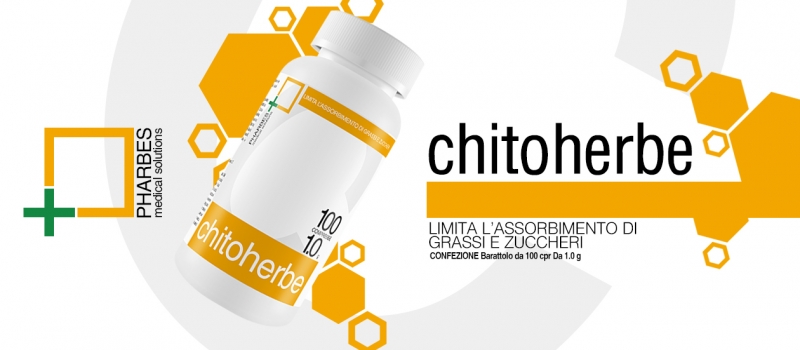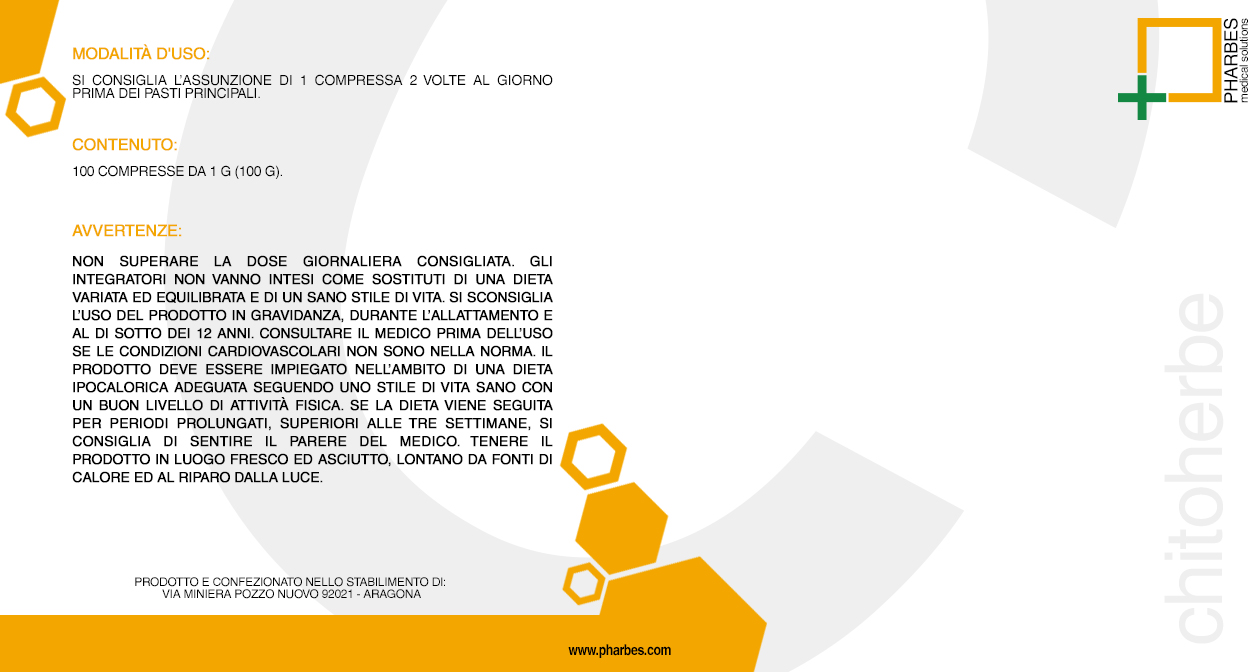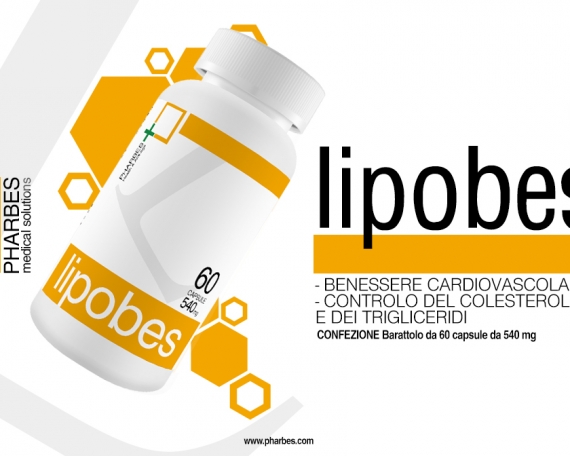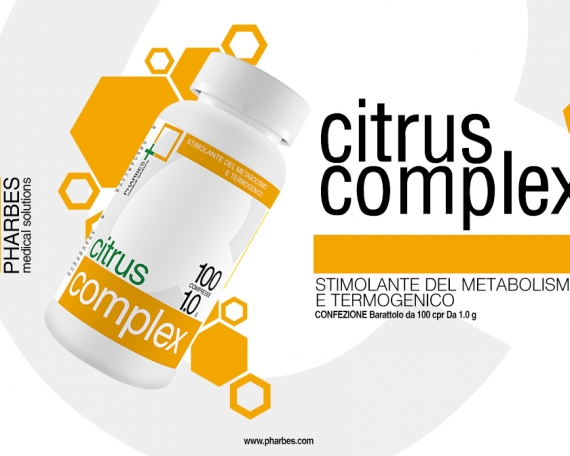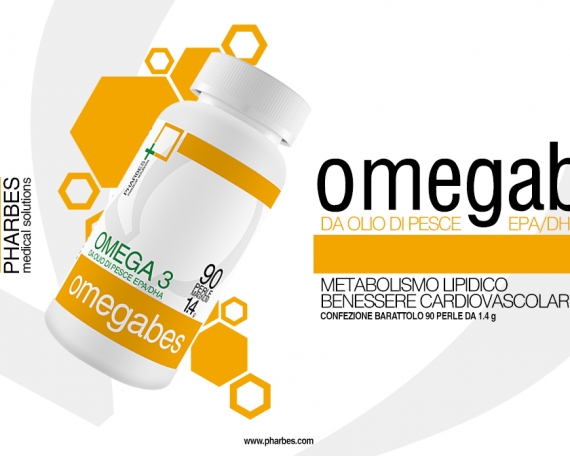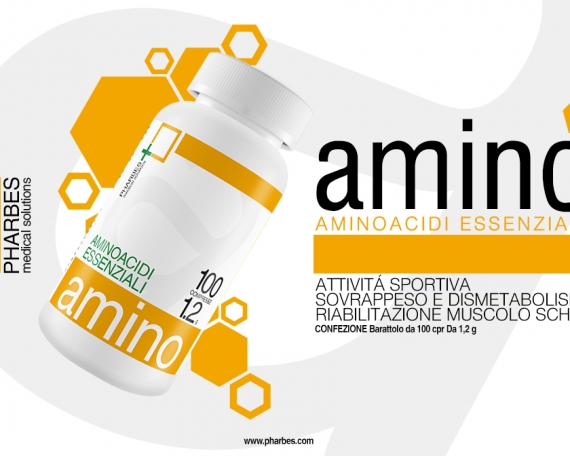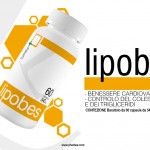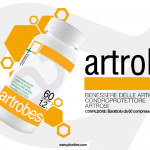CARATTERISTICHE
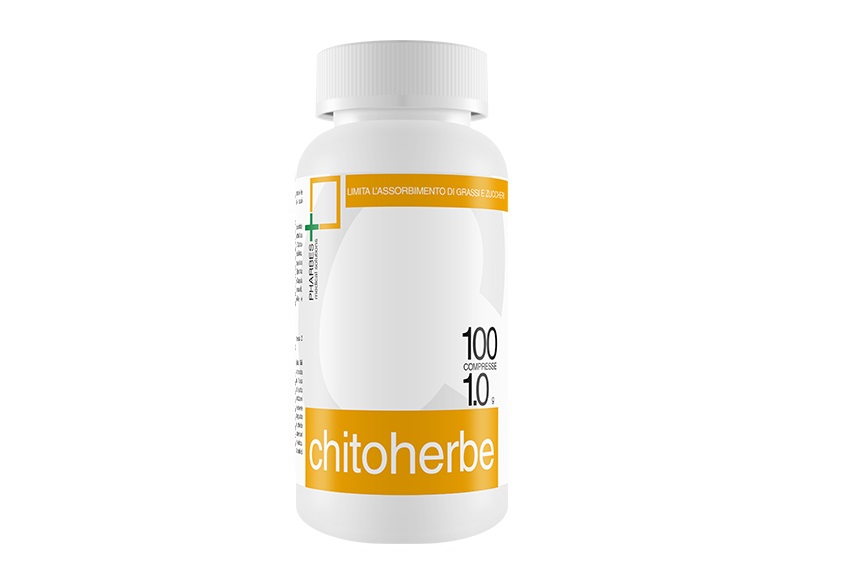
CHITOHERBE
100 compresse da 1 g
–
Integratore alimentare a base di Farina di semi di Guar, Chitosano, Glucomannano, Proteina concentrata del fagiolo, Opuntia Ficus-Indica e Cassia nomame. Limita l’assorbimento di grassi e zuccheri, crea senso di sazietà e regola il passaggio gastro-intestinale. Utile nelle diete ipocaloriche per la riduzione del peso corporeo.
APPROFONDIMENTI
SCHEDA INGREDIENTI
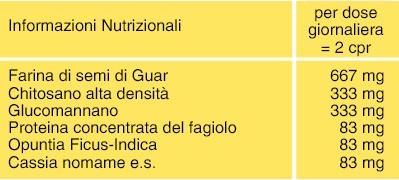
BIBLIOGRAFIA SCIENTIFICA
BIBLIOGRAFIA CHITOHERBE
- Arvill A, Bodin L. Effect of short term ingestipon of Konjac glucomanan on serum cholesterol in healthy men. Am J Clin Nutr. 1995; 61:585-589.
- Bibliography of the Nopal (1999), Proceedings of the Nopal International Simposium, City of Mexico, March 1999, pag 1-26.
- Bio Serae Laboratoires, Technical Bullettin, (2001). About NeOpuntia Available upon request Pag 1-38.
- Bio Serae Laboratoires, Toxicological study (2001). TAO-PH-01/0066, Ref 01.229: NEOPUNTIA. Part I. Phycher Bio Developpement – France.
- Cairella M, Marchini G. Evaluation of the action of glucomannan on metabolic parameters and on the sensation of satiation in overweight and obese patients. Clin Ter 1995 Apr; 146(4):269-7.
- Cardenas Medellin ML, Serna Saldivar SO, Velazco de la Garza J (1998). Effect of raw and cooked nopal (Opunzia ficus indica) ingestion on growth and profile of total cholesterol lipoproteins, and blood glucose in rats. Arch Latinoam Nut. 48(4):316-23.
- Cesa F, Mariani S, Fava A, Rauseo R, Zanetti H. The use of vegetable fibre in the treatment of pregnancy diabetes and /or excesive weight gain during pregnancy. Minerva Ginecol 1990 Jun; 42(6):271-4.
- Cortot A, Ruskone A, Rongier M, Bernier JJ (1982). Different behaviour of fat absorbtion after solid-liquid and liquid meals. Gastroenterol Clin Biol. 6(4):360-364.
- Crockett JU (1972). Flowering house plants. The time Life Encyclopedia of Gardening, CP Publishing, New York, p 81.
- Deuchi K, Kanauchi O, Imasato Y, Kobayashi E. Effect of the viscosity or deacetylation degree of chitosan on fecal fat excreted from rats fed on a high-fat diet. Biosci Biotechnol Biochem 1995 May; 59(5):781-5.
- Deuchi K, Kanauchi O, Shizukuishi M, Kobayashi E. Continuous and massive intake of chitosan affects mineral and fat-soluble vitamin status in rats fed on a high-fat diet.
- Doi K. Effect of konjac fibre (glucomannan) on glucose and lipids. Eur J Clin Nutr. 1995; (Suppl 3):190-197.
- Ebihara K, Schneeman BO. Interaction of bile acids, phospholipids, cholesterol and triglyceride with dietary fibers in the small intestine of rats. J Nutr 1989 Aug; 119(8):1100-6.
- El Rossori RL, Villaume C, El Boustani E, Sauvaire Y, Mejean L (1998). Composition of pulp, skin and seeds of prickly pears fruit (Opuntia ficus indica sp.). Plant Foods Hum Nutr 52(3):263-70.
- Fernandez ML, Lin EC, Trejo A, McNamara DJ (1992). Prickly pear (Opuntia sp.) pectin reverses low density lipoprotein receptor suppression induced by a hypercholesterolemic diet in guinea pigs. J Nutr 122(12):2330-40.
- Fernandez ML, Lin EC, Trejo A, McNamara DJ (1994). Prickly pear (Opuntia sp) pectin alters hepatic cholesterol metabolism without affecting cholesterol absorption in guinea pigs fed a hypercholesterolemic diet. J Nutr 124(6):817-24.
- Fernandez ML, Trejo A, McNamara DJ (1990). Pectin isolated from prickly pear (Opunzia sp.) modifies low density lipoprotein metabolism in cholesterol-fed guinea pig. J Nutr 120(11):1283-90.
- Frati Munari AC, de Leon C, Ariza Andraca R, Banales Ham MB, Lopez Ledesma R, Lozoya X (1989). Effect of a dehydratated extract of nopal (Opunzia ficus indica Mill) on blood glucose. Arch-Invest-Med-Mex 20(3):211-16.
- Frati Munari AC, Vera Lastra O, Ariza Andraca CR (1992). Evaluation of nopal capsules in diabetes mellitus. Gac Med Mex. 128(4):431-6.
- Galati EM, Monforte MT, Tripodo MM, d’Aquino A, Mondello MD (2001). Antiulcer activity of Opunzia ficus indica (L) Mill. (Cactaceae): ultrastructural study. J Ethnopharmacol 76(1):1-9.
- Good Laboratory Practises (GLP), as defined in the OECD ruling relative to the mutual acceptance of data in the evaluation of chemical substances (C(81) 30 (final) Appendix 2 – May 12th, 1981; C(97) 186, November 26th, 1997), and transcribed in the decree n. 98-1312 dated December 31st, 1998 of the Journal Officiel de la Republique Francaise.
- Gurrieri S, Miceli L, Lanza CM, Tomaselli F, Bonomo RP, Rizzarelli E (2000). Chemical characterization of sicilian prickly pear (Opunzia ficus indica) and perspectives for the storage of its juice. J Agric Food Chem 48(11):5424-31.
- Han YN, Choo Y, Lee YC, Moon YI, Kim SD, Choi JW (2001). Monoamine oxidase B inhibitors from the fruits of Opuntia ficus-indica var. saboten. Arch Pharm Res 2001. 24(1):51-4.
- Havenaar R, Minekus M (1996). Simulated assimilation. Dairy Industries International 61 (9):17-23.
- Hegwoodn DA (1990). Human health discoveries with Opunzia spp. Cactaceae. Hort Science, 25: p 1515-1516.
- Herrero G, Guerra EG, Diaz GR, Mata MR (1989). A cactus as a gastric antiacid. Rev Invest Clin 41(4):387-388.
- Ibanez-Camacho R, Roman-Ramos R (1979). Hypoglicemic effect of Opuntia cactus. Arch Invest. Med (Mex) 10:223-230.
- Jaramillo Flores ME (2001). Effect of different heat treatments on the retention of carotenoids in nopal (Opuntia ficus indica). Poster, Institute of Food Technologies Annual Meeting Proceedings, June 23-27, 2001; New Orleans, Lousiana USA, p 1.
- Jimenez Pardo E (1990). Hypoglycemic Effect of the Opuntia Ficus Indica in the diabetes mellitus no insulin dependent. Available on request from Hospital de Especialidades Centro Medico la Raza. City of Mexico, DF, pag 1-4.
- Johanson C (1974). Studies of gastrointestinal interactions. Scand J Gastroenterol. 9 (suppl 28):1-60.
- Lehninger A, Nelson DL, Cox MM (1999). Principi di biochimica. Sec Ed. p 518-543 Zanichelli, Bologna.
- Marsicano LJ, Berrizbeitia ML, Mondelo A. Use of glucomannan dietary fiber in changes in intestinal habit. GEN 1995 Jan-Mar;49(1):7-14.
- Marzio L, Del Bianco R, Donne MD, Pieramico O, Cuccurullo F. Am J Gastroenterol 1989. Mouth to cecum transit time in patients affected by chronic constipation: effect of glucomannan. Am J Gastroenterol 1989 Aug; 84(8):888-91.
- Melga P, Giusto M, Ciuchi E, Giusti R, Prando R. Dietary fiber in the dietetic therapy of diabetes mellitus. Experimental data with purified glucomannans. Riv Eur Sci Med Farmacol 1992 Nov-Dec; 14(6):367-73.
- Minekus M (1998). Developement and validation of a dynamic model of the gastrointestinal tract. PhD Thesis, University of Utrecht; Elinkwijk b.v., Utrecht, Netherlands.
- Minekus M, Havenaar R (1996). In vitro model of an in vivo digestive tract. United States Patent; nr 5, 525,305, dated June 11, 1996.
- Minekus M, Havenaar R (1998). Reactor system. European Patent No 0642382. Eur Patent Bulletin 98/07, Art. 97(4) and (5) EPC, dated 11.02.98.
- Minekus M, Marteau P, Havenaar R , Huis in’t Veld JHJ (1995). A multi compartmental dynamic computer controlled model simulating the stomach and small intestine. Alternatives to Laboratory Animals (ATLA) 23:197-209.
- Park EH, Chun MJ (2001). Wound healing activity of Opuntia ficus-indica. Fitoterapia 72(2):165-7.
- Park EH, Kahng JH, Lee SH, Shin KH (2001). An anti-inflammatory principle from cactus. Fitoterapia 72(3):288-90.
- Park EH, Kahng JH, Paek EA (1998). Studies on the pharmacological action of cactus: identificative of its anti-inflammatory effect. Arch Pharm Res. 21(1):30-4.
- Pittler MH, Abbot NC, Harkness Ef, Ernst E. Randomized, double-blind trial of chitosan for body weight reduction. Eur J Clin Nutr 1999 May; 53(5):379-81.
- Reffo GC, Ghirardi PE, Forattani C. Double-blind evaluation of glucomannan versus placebo in postinfarcted patients after cardiac rehabilitation. Curr Res Ther. 1990;47:753-758.
- Reffo GC. Glucomannan in hypertensive outpatients: pilot clinical trial. Curr Ther Res. 1988;44:22-27.
- Rodriguez-Felix A, Cantwell M (1988). Development changes in composition and quality of prickly pear cactus cladodes (nopalitos). Plant Foods Hum Nutr 38(1):83-93.
- Smeets-Peeters MJE, Minekus M (2001). Fat binding capacity of NeOpuntia during passage through a dynamic gastrointestinal model (TNO test). Project number 010.21020. Approved by Kardinal AFM (Head of Department Nutritional Physiology TNO Nutrition and Food Research, AJ Zeist, The Netherland).
- Trejo-Gonzalez A, Gabriel –Ortiz, Puebla-Perez AM, Huizar-Contreras MD, Munguia-Mazariegos MR, Mejia-Arreguin S, Calva E (1996). A purified extract from prickly pear cactus (Opunzia fuligginosa) controls experimentally induced diabetes in rats. J Ethnopharmacol 55(1):27.
- Uchoa AF, Souza PA, Zarate RM, Gomes-Filho E, Campoa FA (1998). Isolation and characterization of a reserve protein from the seeds of Opuntia ficus-indica (Cactaceae). Braz J Med Biol Res. 31(6):757-61.
- Vender CS, Kruger HS, VorsterHH et al. The effects of dietary fiber component konjac-glucomannan on serum cholesterol levels of hypercholesterolemic subjects. Hum Nutr Food Sci Nutr 1987; 41F:55-61.
- Vuksan V, Jenkins DJ, Spadafora P et al. Konjac-mannan (glucomannan) improves glycemia and other associated risk factors for coronary hearth disease in type 2 diabetes. A randomized controlled metabolic trial. Diabetes Care 1999; 22:913-919
- Vuksan V, Sievenpiper JL, Owen R, Swilley JA, et al. Beneficial effects of viscous dietary fiber from Konjac-mannan in subjects with the insuline resistance syndrome: results of a controlled metabolic trial. Diabetes Care 2000 Jan; 23(1):9-14.
- Walsh DE, Yaghoubian V, Behforooz A. Effect of glucomannan on obese patients: a clinical study. Int J Obes. 1984; 8:289-293.
- Ward GM, Simpson RW, Simpson HC, Naylor BA, Mann JI, et al (1982). Insulin receptor binding increased by high carbohydrate low fat diet in non-insulin-dependent diabetics. Eur J Clin Invest. 12(2):93-6.
- Wuolijoki E, Hirvela , Ylitalo P. Decrease in serum LDL cholesterol with microcrystalline chitosan. Methods Find Exp Clin Pharmacol 1999 Jun; 21(5):357-61.


